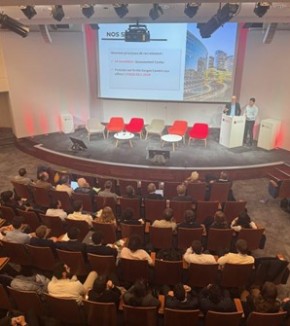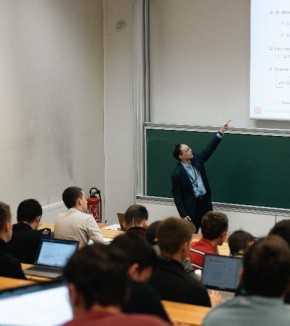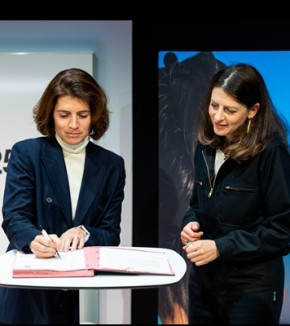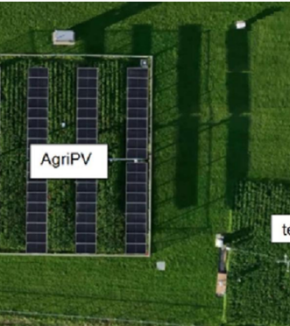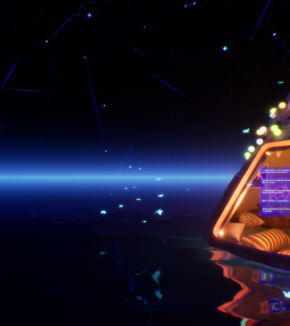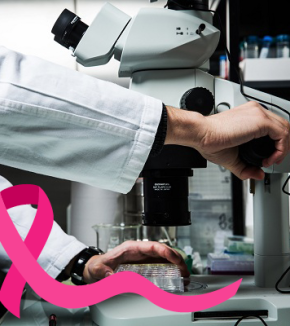- Home
- Research
- Chairs of École Polytechnique
- Space Education Sponsorship: Science and Space Challenges
- Ecole Polytechnique Space Centre
Ecole Polytechnique Space Centre

The Centre Spatial Etudiants du Polytechnique (CSEP) aims to train the aerospace professionals of tomorrow through ambitious and innovative space projects.
With the support of the patrons of the chair Space: Science and Challenges of Space (ESDS), ArianeGroup and Thales, the CSEP provides training in space that can be used in all scientific and industrial fields.
The PSC for the year 2024-2025 are summarized here.
The contacts of the center are here.
CSEP projects are related to four different topics
- The Nanosatellites field
- The Launchers field
- The Balloons field
- The Technical field
 Support l'X
Support l'X 
